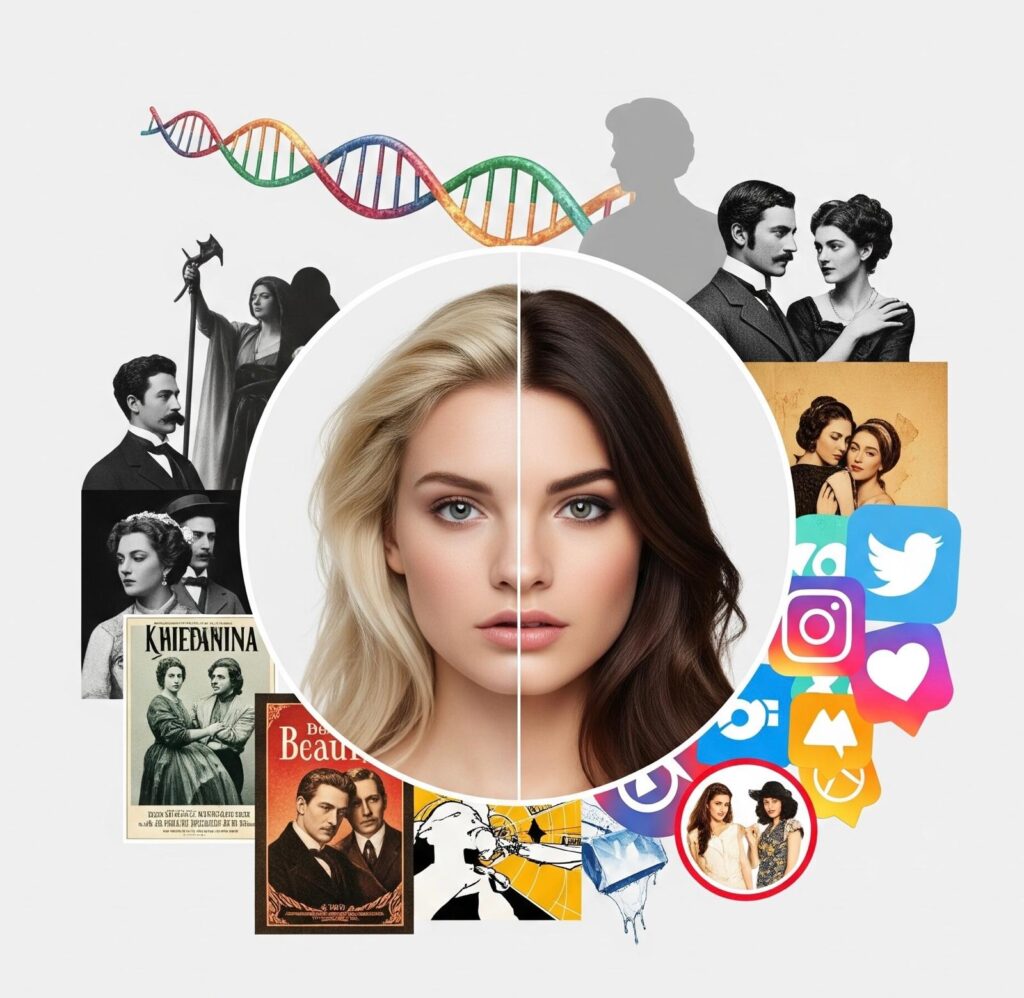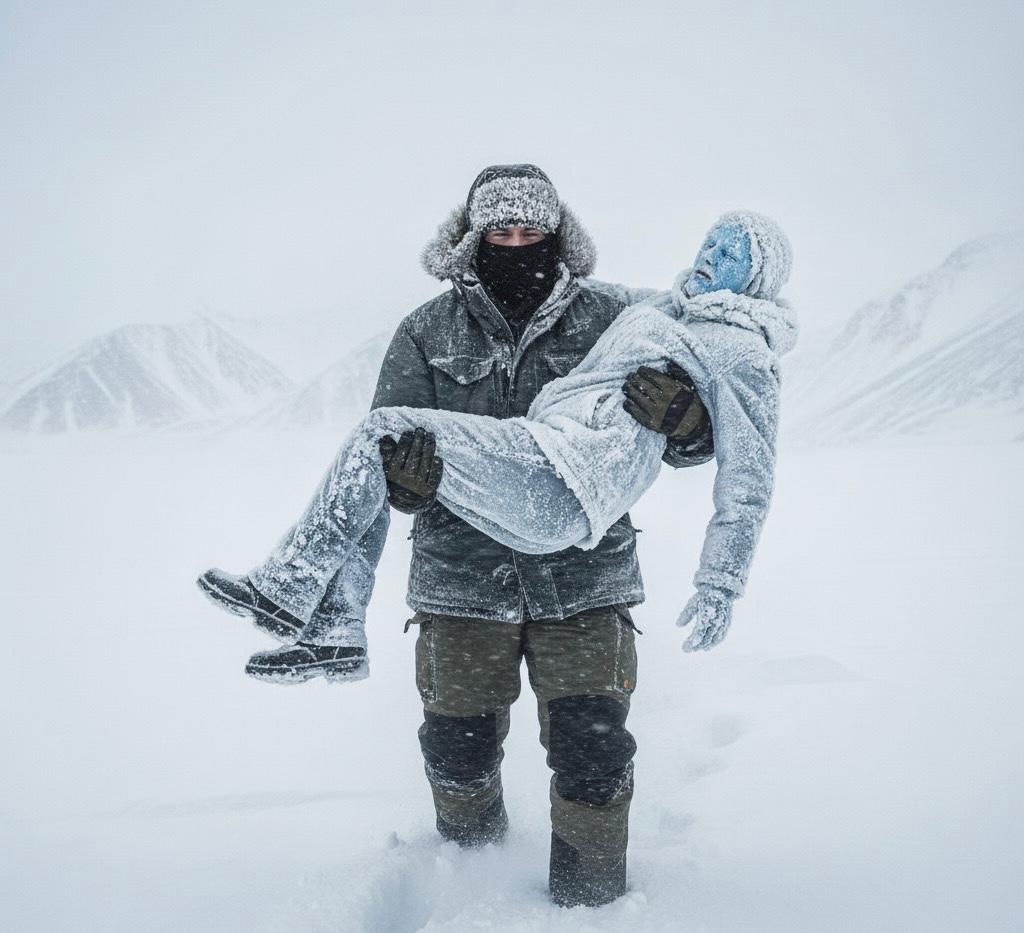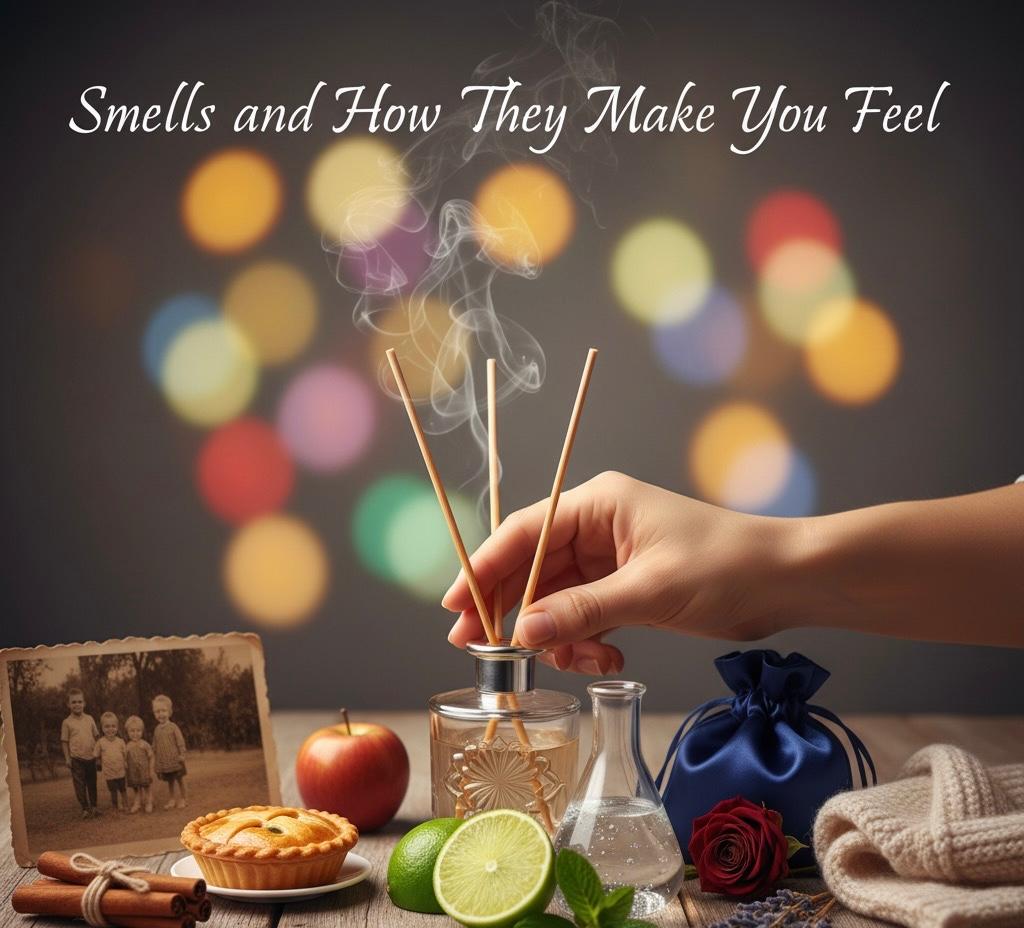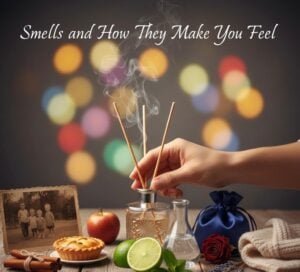By Therapy Near Me | July 2025
The idea that “men prefer blondes” has deep roots in culture and science, but is it true? Research suggests some nuanced trends—ranging from approachability cues to evolutionary preferences—but individual tastes vary widely.
Keywords: men prefer blondes, do men like blondes more, hair colour attraction studies, evolutionary psychology hair colour, approachability and hair colour, stereotypes blondes, novelty effect hair colour, attractiveness and hair.
1. Approachability & Social Cues
Experimental studies in social settings show that blondes tend to receive more attention from men. In London nightclubs, women wearing blonde wigs were approached nearly twice as often as those with red or brown hair (Gueguen, 2012; Swami & Barrett, 2011). Gueguen (2012) attributed this to subtle social signalling, noting that lighter hair may project openness and approachability—qualities often subconsciously favored in initial mate selection.
2. Evolutionary Signals of Youth & Health
Some scientists propose an evolutionary basis: light hair and fair skin may signal youth and reproductive fitness. For example, Ramachandran (in Snyder & Nereri, 2005) argues that these traits serve as visual cues of health, and thus may partially explain preferences in certain contexts. A study in Human Nature supports this theory, indicating that men often associate blonde hair with youth, health, and femininity (LoveMatchHub, 2023).
3. Rarity & Novelty Effect
Blondes make up a small minority globally (around 2%), and rarer features often attract interest (Pratt, 2020). This novelty effect may explain why blondes sometimes stand out in social environments. Studies show people tend to value characteristics that are less common, making blond hair potentially more attention-grabbing (Pratt, 2020).
4. Stereotypes & Halo Effect
Blondes are often subject to cultural stereotypes such as the “dumb blonde” or “blonde bombshell,” which highlight attractiveness and vivacity (Wikipedia, blonde stereotype, 2025). These stereotypes form part of the “halo effect,” in which perceived attractiveness spills over into perceived warmth or friendliness (Wikipedia, halo effect, 2025). Yet, despite these stereotypes, there is no evidence that intelligence is actually lower among blondes (Zagorsky, 2016).
5. It’s Complicated: Contradictory Preferences
Not all data favors blondes. A large-scale survey in London found that men actually rated brunettes as more attractive and intelligent, even though they approached blondes more often (Swami et al., 2008). Other crowd-source polls indicate a male preference for darker hair over blond, with brunettes topping many rankings in countries including the UK, US, and Italy (World polls, 2011).
6. Final Takeaway: Preference Is Individual
Hair colour may influence first impressions and approach behaviours, but overall attraction depends on a blend of factors: personality, values, compatibility, and individual differences (Snyder & Nereri, 2005; Matching Hypothesis—Wikipedia, 2023). Preferential trends should be seen as interesting observations—not universal truths.
Take-Home Tips
- First impressions matter: lighter hair may signal social openness.
- Context counts: novelty attracts, but long-term attraction values deeper qualities.
- Be you: confidence, kindness, and authenticity are consistently rated as attractive across demographics.
References
Gueguen, N. (2012) ‘Hair color and courtship: experiment in a nightclub’, Journal of Social Psychology.
LoveMatchHub (2023) ‘Do men prefer women with lighter hair?’, LoveMatchHub. Available at: .
Pratt, K. (2020) ‘Do gentlemen really prefer blondes?’, Brain Pages. Available at: .
Ramachandran, V. S. (2005) In Snyder, M. & Nereri, transcripts of ualberta.edu.
Snyder, M. & Nereri, K. (2005) ‘Podcast transcript: Why men prefer blondes’. University of Alberta.
Swami, V. & Barrett, S. (2011) ‘Hair color and approachability’, Scandinavian Journal of Psychology, 52(2), pp. 209–214.
Swami, V., Furnham, A. & Joshi, K. (2008) ‘The influence of skin tone, hair length, and hair colour on ratings of women’s physical attractiveness’, Scandinavian Journal of Psychology.
Wikipedia contributors (2025) ‘Blonde stereotype’, Wikipedia. Available at: .
Wikipedia contributors (2025) ‘Halo effect’, Wikipedia. Available at: .
Wood, D. (2011) large-scale survey various countries.








